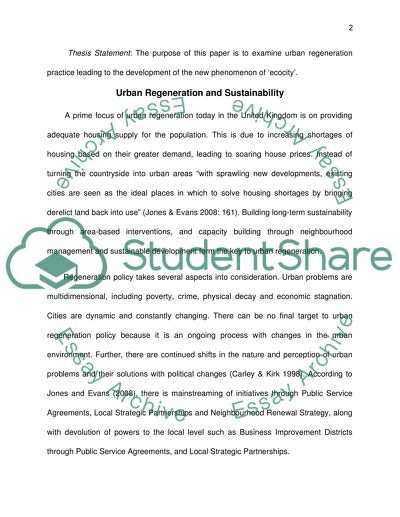Cite this document
(“Urban Regeneration Practice: 'Eco-City' Essay Example | Topics and Well Written Essays - 3500 words”, n.d.)
Retrieved de https://studentshare.org/architecture/1392407-urban-regeneration-practice-eco-city-
Retrieved de https://studentshare.org/architecture/1392407-urban-regeneration-practice-eco-city-
(Urban Regeneration Practice: 'Eco-City' Essay Example | Topics and Well Written Essays - 3500 Words)
https://studentshare.org/architecture/1392407-urban-regeneration-practice-eco-city-.
https://studentshare.org/architecture/1392407-urban-regeneration-practice-eco-city-.
“Urban Regeneration Practice: 'Eco-City' Essay Example | Topics and Well Written Essays - 3500 Words”, n.d. https://studentshare.org/architecture/1392407-urban-regeneration-practice-eco-city-.


